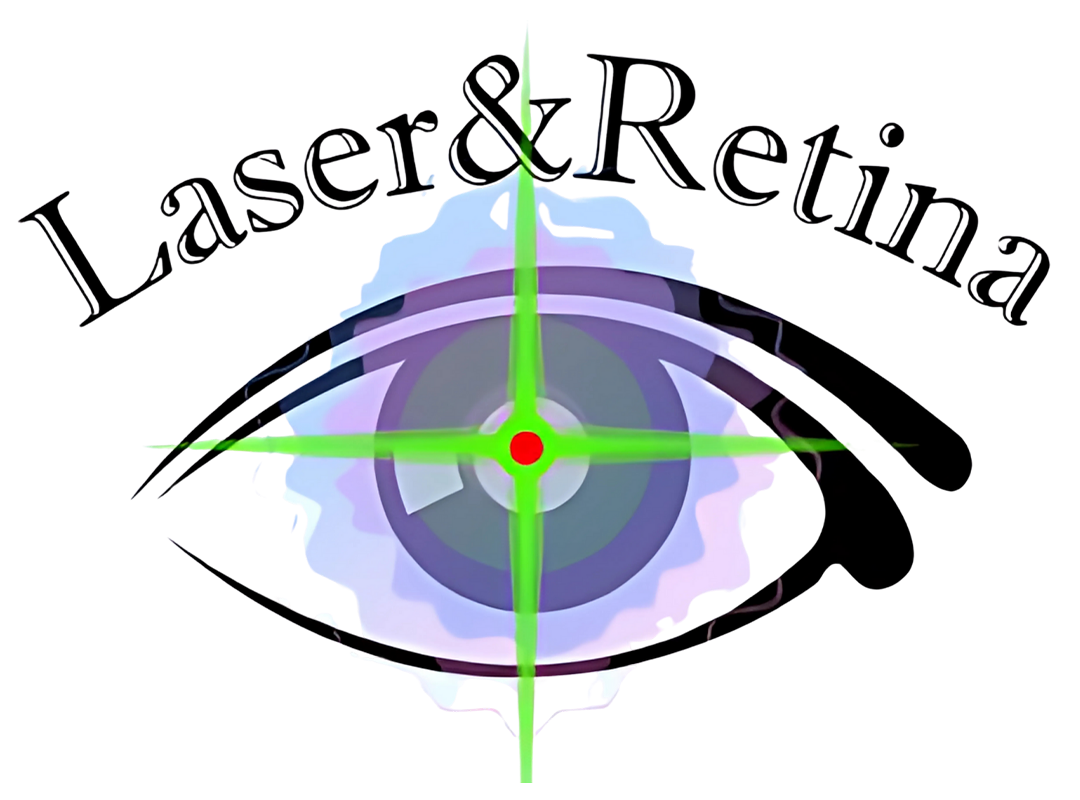Age-Related Macular Degeneration
Age-Related Macular Degeneration (AMD)
Age-Related Macular Degeneration (AMD) is a common eye disease that affects people over the age of 50. It causes damage to the macula, the small central part of the retina that lets you see sharp details straight ahead — for things like reading, driving, or recognizing faces.
AMD doesn’t cause total blindness, but it can seriously affect your central vision, making everyday tasks difficult.
Types of AMD
There are two main types of AMD:
1. Dry AMD (more common)
- Gradual thinning of the macula
- Develops slowly over time
- Accounts for ~80–90% of all cases
2. Wet AMD (more serious)
- Abnormal blood vessels grow under the retina
- These can leak fluid or blood
- Can cause sudden and severe vision loss
- Accounts for ~10–15% of cases
Retinal Care
- Diabetic Retinopathy
- Retinal Detachment
- Retinal Vascular Occlusion
- Central Serous Retinopathy
- Age Related Macular Degeneration
- Macular Hole
- Epiretinal Membrane and Macular Pucker
- ROP
- Uveitis (Iridocyclitis, pars planitis, pan uveitis)
- Vitreo retinal surgery
- Retinal laser
- Intra vitreal injection
What Causes AMD?
While the exact cause isn’t fully understood, AMD is linked to aging and genetics. Key risk factors include:
- Age over 50
- Family history of AMD
- Smoking
- High blood pressure or cholesterol
- Obesity
- Poor diet low in leafy greens and omega-3s
- Excessive sun exposure
Symptoms of AMD
- Blurry or fuzzy central vision
- Straight lines appear wavy
- Difficulty reading or seeing fine details
- Dark or empty area in the center of your vision
- Colors may appear dull or washed out
AMD usually affects both eyes, but vision loss may be worse in one.
How Is It Diagnosed?
Your eye doctor can diagnose ARMD with:
- Dilated eye exam – to see changes in the macula
- Amsler Grid – a simple tool to check for wavy or missing areas in vision
- OCT scan – to detect swelling or fluid
- Fluorescein angiography – to find leaking vessels (for wet AMD)
Treatment Options
There are ways to slow the disease and preserve vision:
For Dry AMD:
- AREDS2 vitamins (special supplements)
- Healthy diet rich in leafy greens, fish, and antioxidants
- Regular monitoring with Amsler Grid
- Low-vision aids for daily life
For Wet AMD:
- Anti-VEGF injections – most common and effective treatment
- Laser therapy (used in select cases)
Tips to Protect Your Vision
- Don’t smoke — or quit if you do
- Eat a diet rich in greens, fruits, and omega-3s
- Wear sunglasses to protect from UV light
- Control blood pressure and cholesterol
- Get regular eye exams, especially after age 50
Frequently Asked Questions
No. AMD affects central vision but does not usually lead to total blindness. Most people still have peripheral (side) vision.
Yes! A diet high in leafy greens, berries, fish, and nuts may slow progression — especially in early AMD.
Most people report only mild discomfort. Numbing drops are used before each injection.
No. Glasses can help in early stages, but vision loss from AMD is not fully correctable. Low-vision aids may help.


Patient Guide Download
Want to read more? Download this trusted guide from the National Eye Institute:
Age-Related Macular Degeneration
Age-Related Macular Degeneration (AMD)
Dry Age-Related Macular Degeneration (AMD)
Wet Age-Related Macular Degeneration (AMD): Medication Injections
Retinal Care
- Diabetic Retinopathy
- Retinal Detachment
- Retinal Vascular Occlusion
- Central Serous Retinopathy
- Age Related Macular Degeneration
- Macular Hole
- Epiretinal Membrane and Macular Pucker
- ROP
- Uveitis (Iridocyclitis, pars planitis, pan uveitis)
- Vitreo retinal surgery
- Retinal laser
- Intra vitreal injection
